Tips For Tree Pruning – An Earth Day Celebration!
Tom Tyler, a Bartlett Tree Experts trained Arborist, came out to show me how to trim my 35-year-old crabapple tree on Earth Day! Doing something good for the environment (and our friends the trees) is a great way to celebrate the earth. Tom and his team, Tony 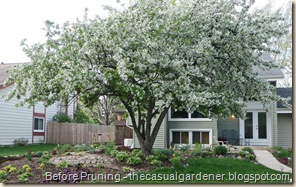 and Manuel, did a fantastic job!
and Manuel, did a fantastic job!
According to Tom, whether shaping a tree for aesthetic purposes or cutting dead limbs, regular trimming is important to promoting tree health. As you can see in the below video, we learned a few basics for trimming a tree. Once you have decided to prune, the next decision is whether or not to tackle the job yourself. Before you get started, be aware that large tree pruning can sometimes require special climbing equipment and power saws. One benefit of having tree experts do the work is it is certainly safer to have an experienced team using professional tools to do the job.
TIPS FOR PRUNING A TREE –
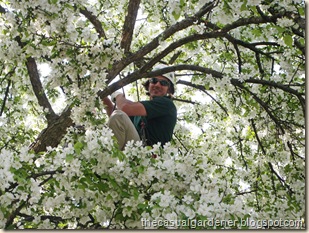 Wear safety equipment and use sturdy ladders: This should include glasses and a hard hat if possible – limbs fall and so do people – be careful! It is safer to start from the bottom and work your way up, thereby clearing out excess limbs that can snag you and cause injury. Do not “top off” a tree! Besides being ugly, it can be extremely detrimental to a tree and shorten its life. Trim the tree carefully considering the overall shape, removing smaller branches where they connect to larger branches.
Wear safety equipment and use sturdy ladders: This should include glasses and a hard hat if possible – limbs fall and so do people – be careful! It is safer to start from the bottom and work your way up, thereby clearing out excess limbs that can snag you and cause injury. Do not “top off” a tree! Besides being ugly, it can be extremely detrimental to a tree and shorten its life. Trim the tree carefully considering the overall shape, removing smaller branches where they connect to larger branches.- Prune small shoots and unproductive shoots first: Using pruning shears, remove shoots that grow straight up and clip the shoots that are growing on the insides of the branches and unproductive shoots on the larger branches. Remove any shoots either growing toward the trunk of the tree or along the inner parts of
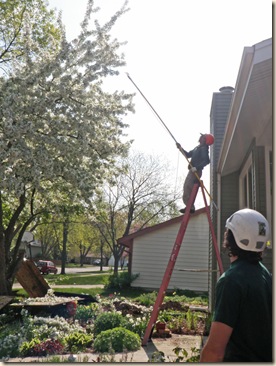 the branching limbs. Cut at an angle just above the collar of the joint. Regular pruning of excess shoots along the trunk and branches creates evenly spaced branches.
the branching limbs. Cut at an angle just above the collar of the joint. Regular pruning of excess shoots along the trunk and branches creates evenly spaced branches. - Leave a collar when pruning and trimming: When you cut the shoot, make an angled cut just above the collar, which is the swollen area where the branch meets the trunk. Leaving a short stem protects the tree against disease. Hand saws, particularly folding ones work well on mid-sized branches. Make two cuts with the hand saw: first, one horizontal cut from the bottom to prevent the bark tearing when the branch comes off, and then one horizontal cut just above it from the top to cut the branch.
- Use the pole saw loppers to remove smaller, high branches on large trees: Pole saws and loppers are excellent for reaching high branches from the ground. Most pole saws also feature a lopper you can use by pulling a rope from the bottom of the pole to lop off limbs. Rest the blade of the pole saw outside the collar of the branch. Sawing gently, carefully cut the branch. You should remove all diseased and damaged branches as well as branches that have distressed leaves from the tree.
Special thanks to Bartlett Tree Experts who provided the tree trimming and education at no cost in exchange for the video work above.
Harry the Pug Says Happy Spring!
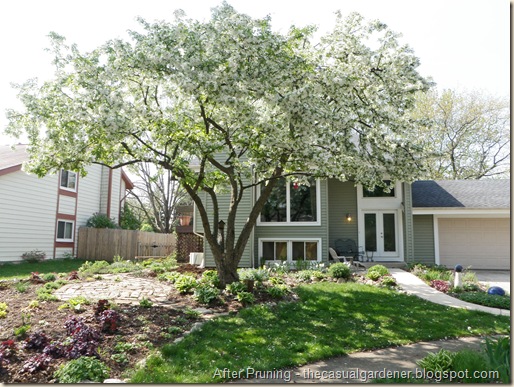

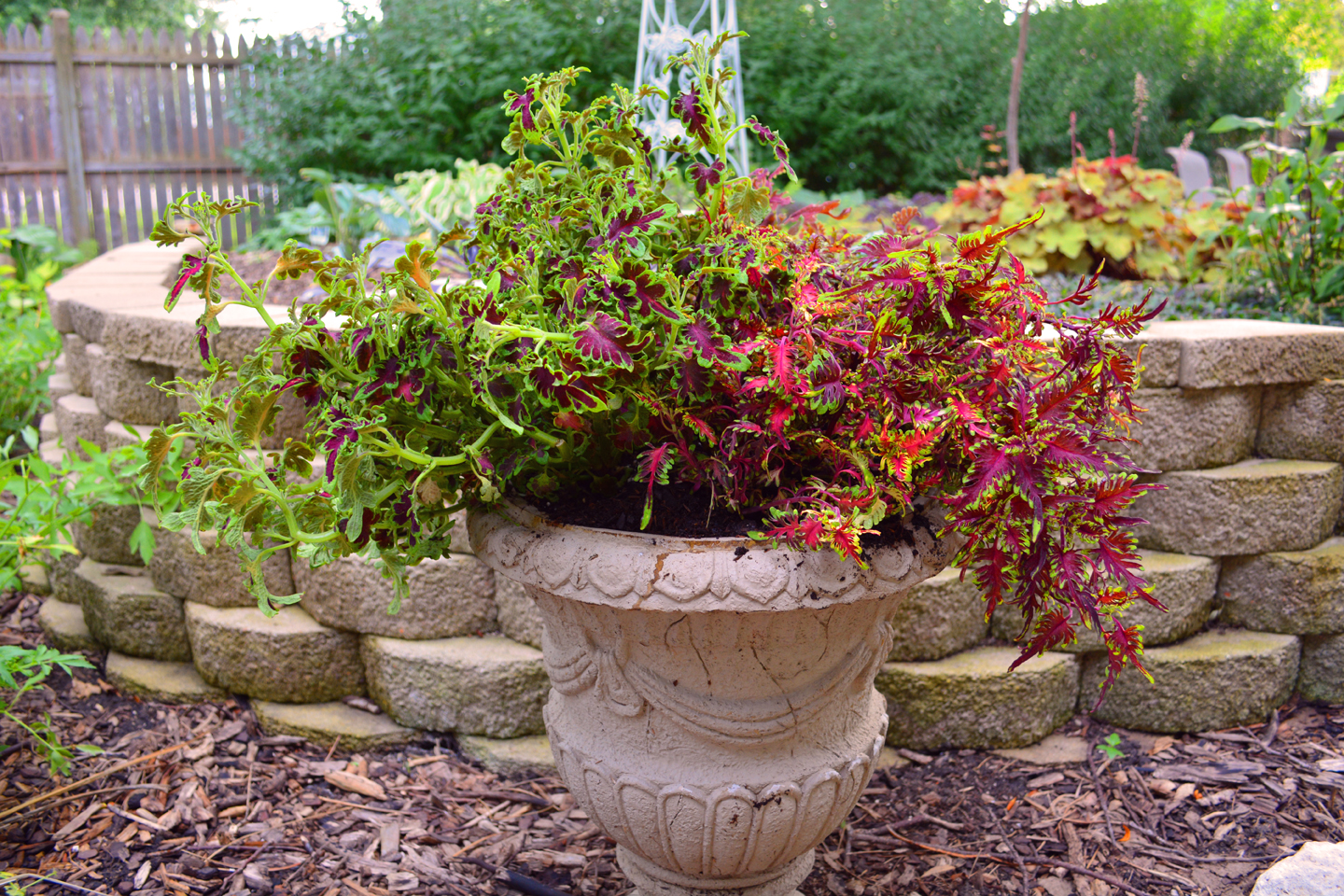
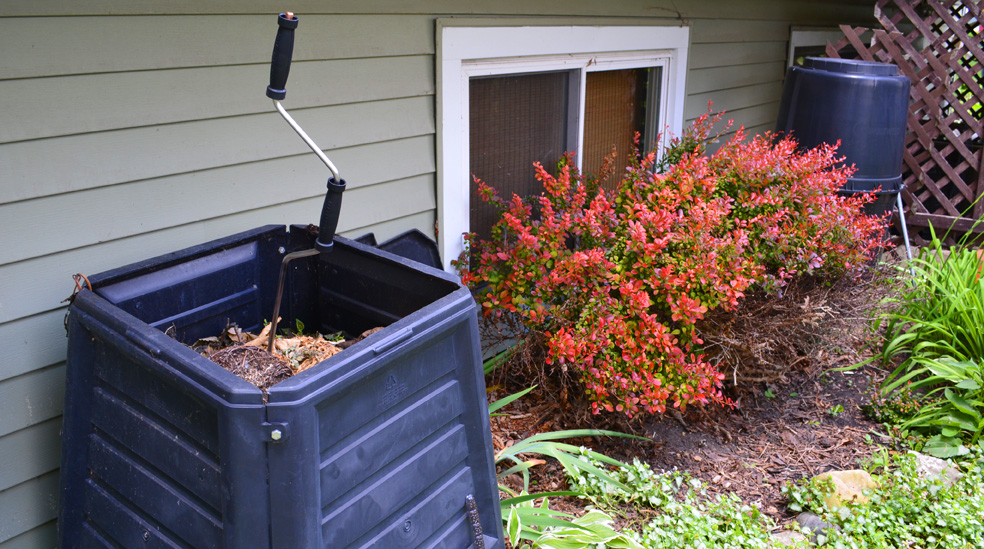
What a pretty tree you have, Shawna! Love the before and after comparison…
Thanks – glad the tree got pruned – it look much more balanced from all sides now.
Thanks for the tips. A lovely crabapple tree after the pruning – expertly done! My bougainvillae needs constant pruning – so many water shoots and it grows fast too!
I saw some beautiful bougainvillae in Mexico when I went – giant, towering trees of it. Loved the color!
Shawna
The before and after shots really are compelling. There's really something to be said about having experts like the certified arborists from Bartlett take care of your trees.